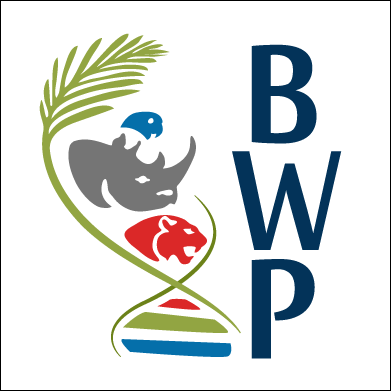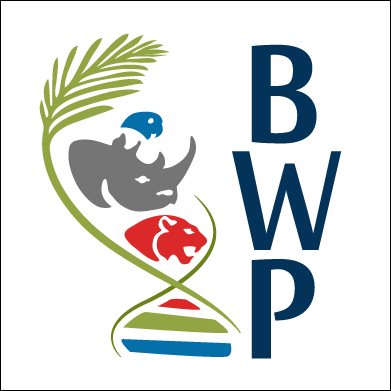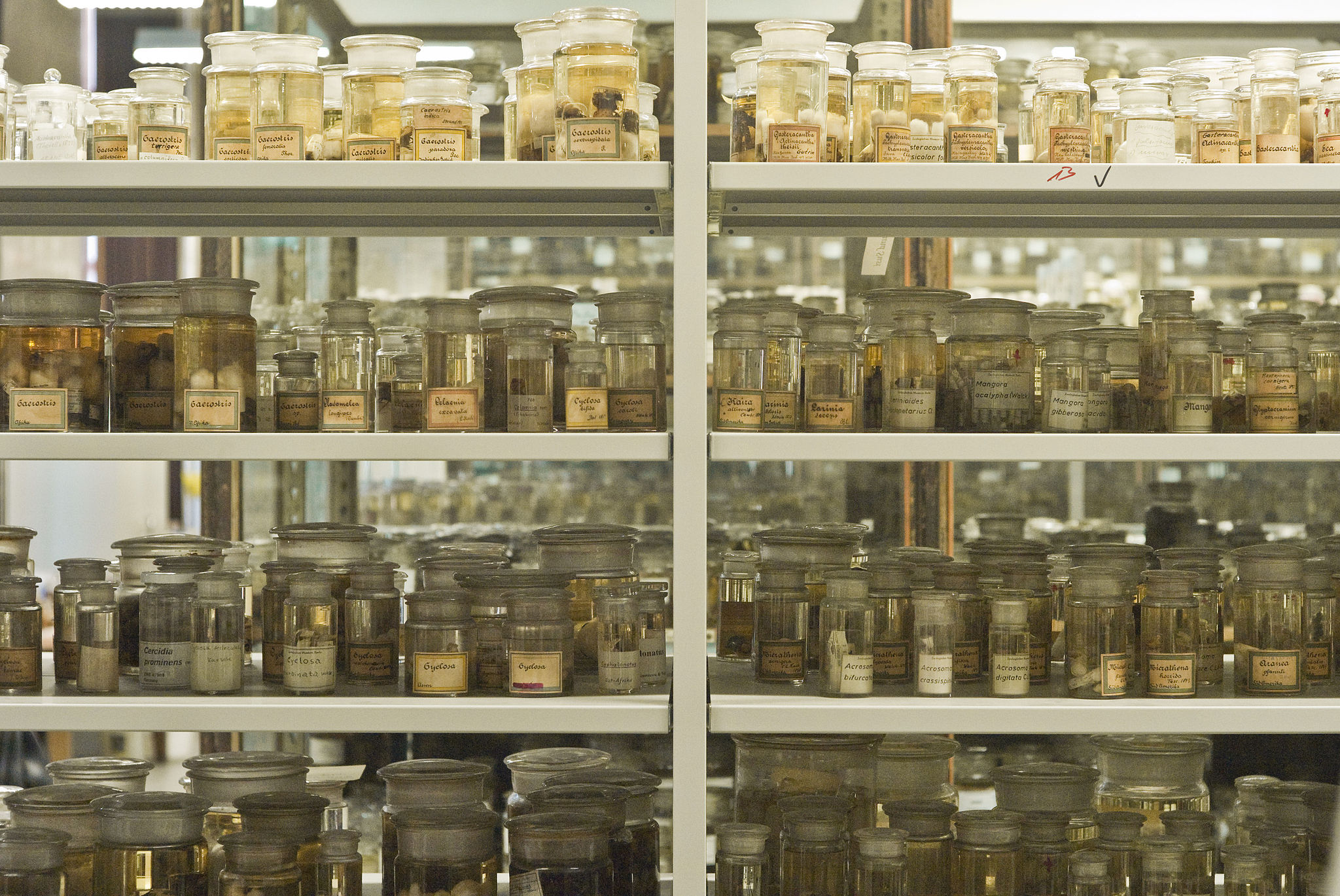Target Species
Target Species
We asked each partner country in the project to select 200 endangered species that would be the focus of their efforts during training. They picked the plant and animal species that they knew were being poached and trafficked by criminals who were getting away with it. Plants were being smuggled as roots or seeds or cuttings. Animals were being reduced to butchered meat or dried jerky. By selecting these endangered species for the project, our partner countries were investing in DNA barcoding as a new way to stop wildlife crime.
Target 1200
Four of our partner countries (Kenya, Mexico, Nigeria and South Africa) have selected 774 priority species for the project. You can see them through a Species Viewer, or in tabular format, or download the entire list in Excel format from that page.
What kinds of species did they select?

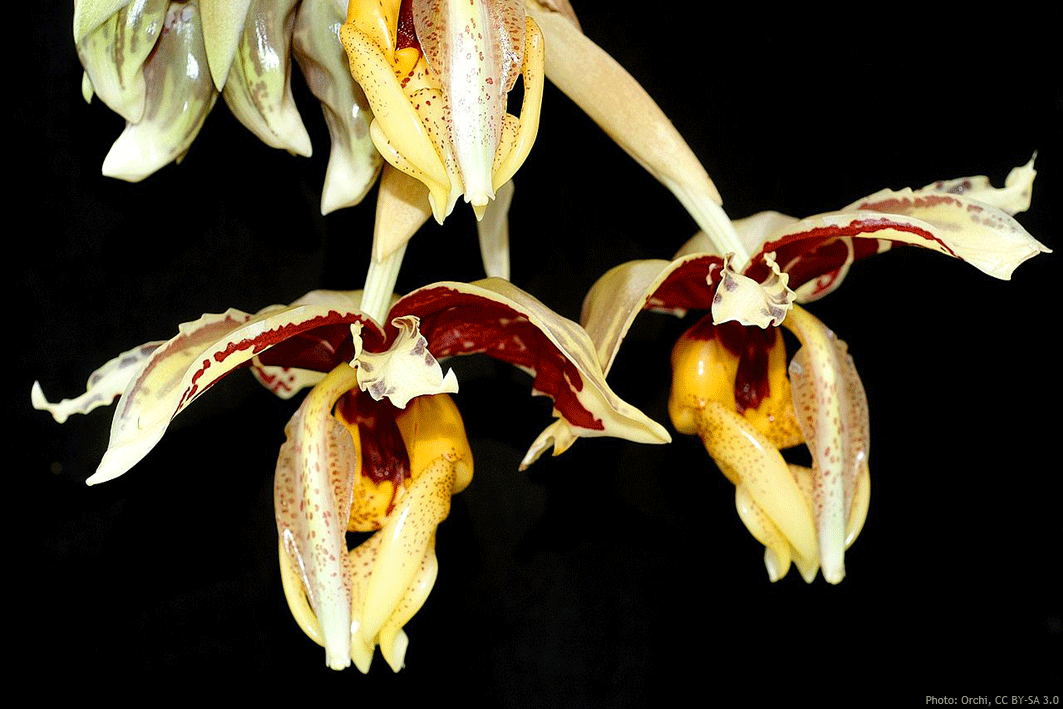
About half are plants and half are animals. Most people think of animals (especially big ones like elephants and rhinos) when they think about endangered species, but plants are at risk also. They’re poached from forests because of their value as remedies and as ornamentals.
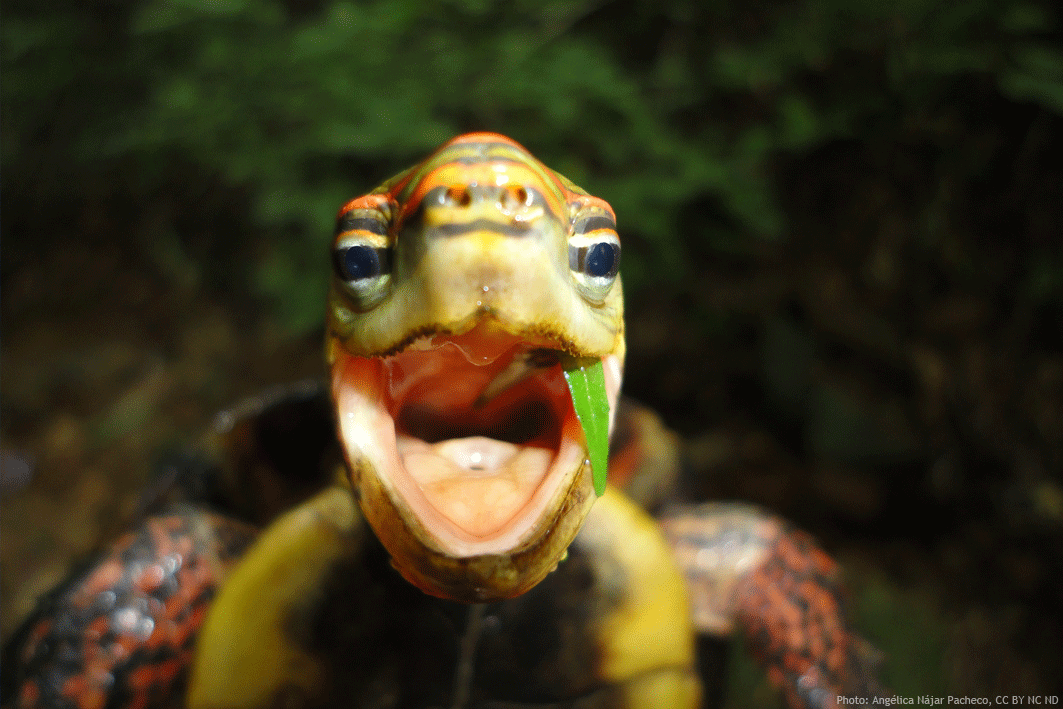
There are a lot of fish, reptiles and even amphibians on the list. These species are being over-exploited in many cases because they’re a source of protein, even though they’re too rare to be a big food source. They’re also sold internationally as exotic pets and sometimes turned into high-fashion leather goods.

.jpg)
Every country selected birds that are traded as exotic pets or are hunted for their feathers which are used in the fashion industry.
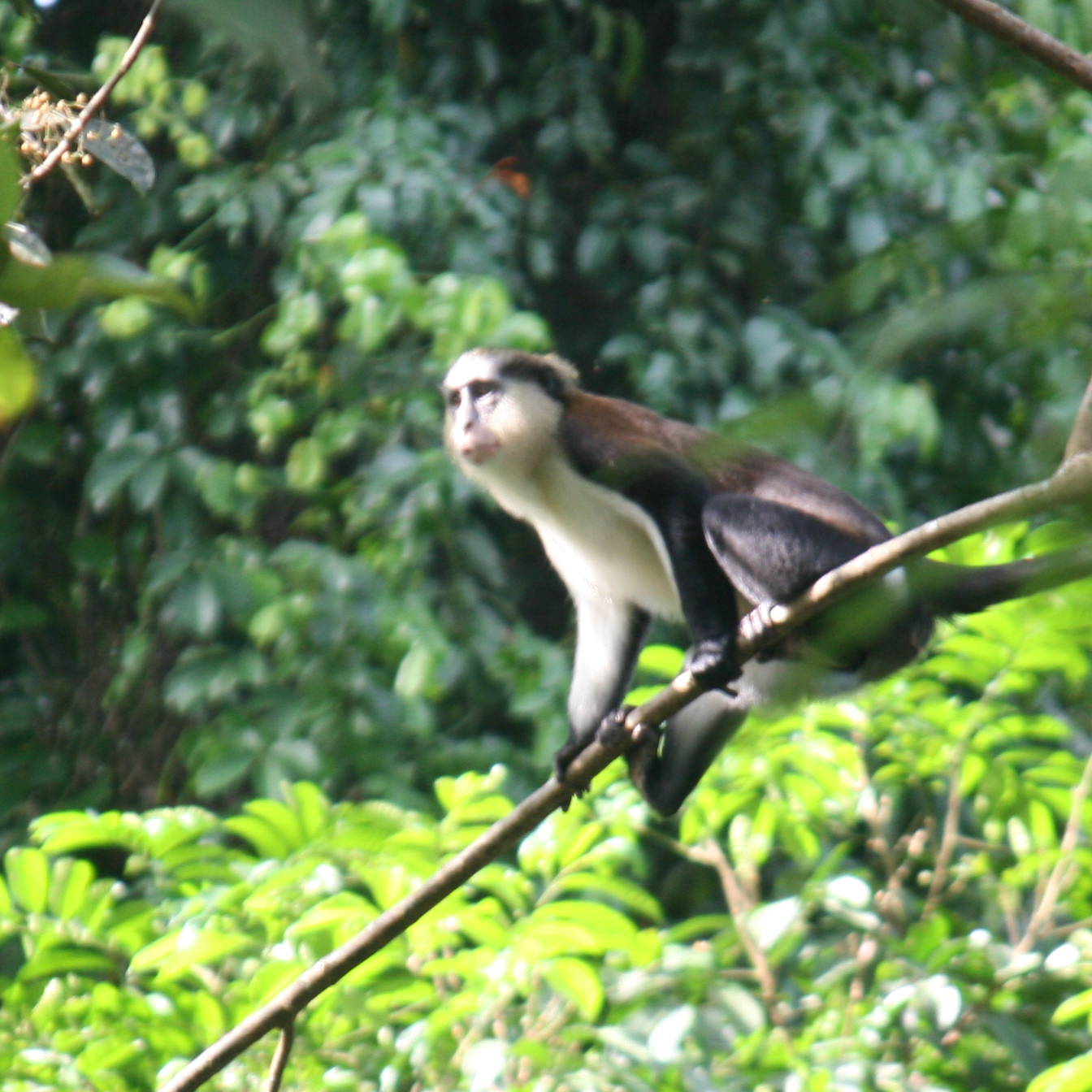
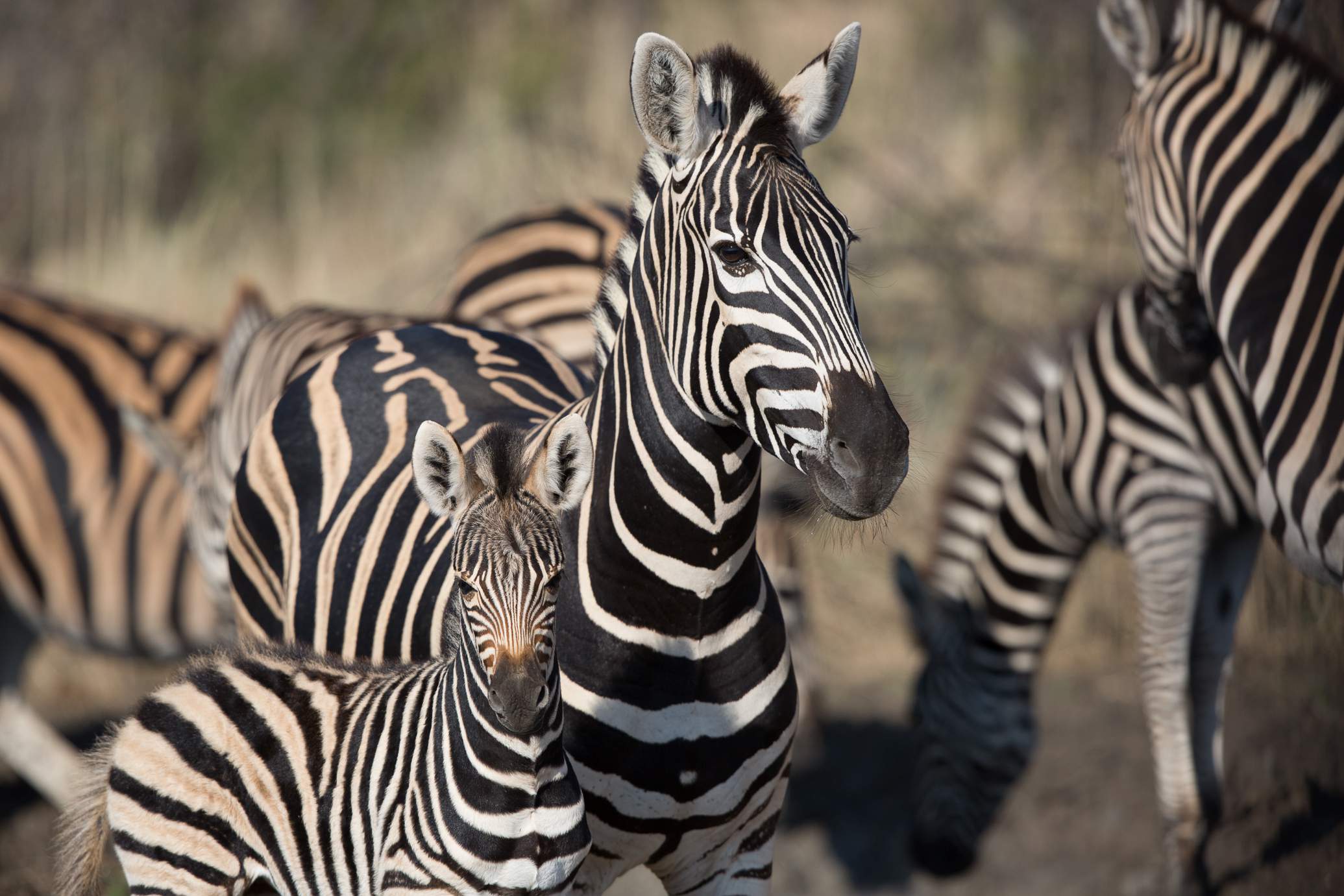
About 10% of the species on the list are mammals and they include species ranging from small rodents up to whales, rhinos, elephants, lions and primates.
Participants in the project are collecting tissue samples from at least five well-identified voucher specimens of each endangered species. They’re also sampling species that are closely related to, or are commonly confused with, the endangered species. We’ll need DNA sequences from these non-endangered species to prove in court that we can tell the difference.
Species Spotlight
We know why these species are important to our partner countries’ biodiversity, but do you? Learn more about some of our priority species, highlighted in our Species Spotlight.
Cape vulture
Gyps coprotheres
Photo by Francesco Veronesi
Photo by Blake Matheson
Photo by Francesco Veronesi
Photo by Werner Witte
Photo by NJR ZA
Habitat: Found near mountains, where the vultures breed and roost on cliffs. They fly long distances over open country in search of carrion.
Distribution: Cape vultures are endemic to Southern Africa, and occur in Angola, Botswana, Lesotho, Mozambique, South Africa and Zimbabwe. Vagrant populations occur in Democratic Republic of Congo and Zambia.
Threats: Listed as Vulnerable by the IUCN Red List because the species has a small population that is projected to decline due to threats from power lines, decrease in carrion available, accidental poisoning, loss of foraging habitat and use for traditional medicine.
Legislation: Listed under CITES Appendix II – international trade is monitored. Also listed under the Conservation of Migratory species of Wild Animals Appendix II – migratory species that need / would benefit from international cooperation.
In South Africa, Cape vultures are listed as Endangered under the Threatened or Protected Species (TOPS) regulations of the National Environmental: Biodiversity Act (Act 10 of 2004) – all actives are restricted, with no prohibitions or exemptions.
Military Macaw, Guacamaya verde
Ara militaris
Photo by Weimar
Photo by Wikimedia Commons
Photo by Guillermo MuñozLacy
Photo by Carlos Soberanes González
Photo by Carlos Soberanes González
Photo by Miguel Ángel Sicilia Manzo
English
Due to its ability to imitate the human speech, the beauty of its colorful plumage, and its capacity for learning tricks, the military macaw became so popular in the black pet market that is currently one of the most illegally trafficked Mexican species in the world.
Unfortunately, illegal wildlife trafficking is not the only threat for this fabulous species, and its Mexican populations have declined in a significative way due to habitat destruction.
To prevent its possible extinction, this species is protected by national and international laws that forbid its extraction from the wild with commercial purposes.
Spanish
Por su hermoso y colorido plumaje, su capacidad para imitar el lenguaje humano y aprender diversos trucos, la guacamaya verde se ha convertido en una de las especies mexicanas que circulan con mayor frecuencia en el mercado negro de mascotas.
Desgraciadamente, su excesiva comercialización como ave de jaula, la destrucción de su hábitat y otros factores, han provocado una importante disminución de sus poblaciones silvestres.
Para evitar su posible extinción, las guacamayas verdes se encuentran protegidas por leyes nacionales e internacionales que prohíben su extracción del medio silvestre con fines comerciales.
Sungazer
Smaug giganteus
Photo by Wikimedia Commons
Photo by Cymothoa exigua
Photo by Gunnar Creutz
Photo by Rotational
Photo by Shivanparusnath
Photo by H. Vannoy Davis
Habitat: Occurs in the mesic and dry Highveld grassland where it lives in self-excavated burrows.
Distribution: Endemic to South Africa and has a restricted distribution in grasslands of northern Free State and south western parts of Mpumalanga.
Threats: Listed as Vulnerable by the IUCN Red List because of habitat loss due to agriculture and mining. Other threats include harvesting for use in traditional medicine, pet trade and poor fire management. Persecuted by fumigation and poisoning together with other species such as the yellow mongoose and suricates.
Legislation:Listed under CITES Appendix II – international trade is monitored
In South Africa, Smaug giganteus is not currently listed on Threatened or Protected Species (TOPS) regulations of the National Environmental: Biodiversity Act (Act 10 of 2004) but it has been included as a Vulnerable species in the proposed amendments to the TOPS list that is currently on its 2nd round of public comment. The rationale for its inclusion in the revised TOPS list is that the species is threatened by habitat transformation and destruction related to agriculture and mining, use in traditional medicine and pet trade.
Autumn flowering laelia, Flor de las ánimas
Laelia autumnalis
Photo by Ivo Antušek
Photo by Wikimedia Commons
Photo by H. Sotheran & Co., London
Photo by Wikimedia Commons
Photo by Orchi
English
This orchid only inhabits Mexico, and is known as the flower of the souls because its bloom is offered in some regions of that nation to the souls of relatives and friends who have passed away, during the traditional celebration of the Day of the Dead. The beauty of this species has turned it very attractive for collectors, and this is making its wild populations to decline.
To protect its wild populations from overextraction, this species is protected by international laws that regulate its commercialization.
Spanish
Esta orquídea sólo habita de manera natural en México, y es conocida como la flor de las ánimas, debido a que sus flores son ofrecidas en algunas regiones de ese país a las almas de los amigos y familiares fallecidos durante la tradicional celebración del Día de Muertos. Debido su belleza, esta especie es buscada por coleccionistas, y esto también ha provocado la disminución de sus poblaciones silvestres.
A pesar de que la comercialización la flor de las ánimas es regulada por el Apéndice II de CITES, estos organismos son víctimas frecuentes del tráfico ilegal.
White Rhino
Ceratotherium simum
Photo by Esculapio
Photo by Flickr user James Temple
Photo by Komencanto, modified by ArtMechanic
Photo by erikschlogl
Photo by erikschlogl
Habitat: It occurs in wooded grasslands with short grass for grazing, near sources of water for drinking and wallowing, with adequate bush cover and in relatively flat terrain.
Distribution: The historical range of the white rhino includes most countries in central and southern Africa. However due to extensive poaching the white rhino population was reduced to one small population in KwaZulu-Natal, South Africa by the end of the 19th century. Concerted conservation efforts have however led to an increase in the population numbers to about 20000 animals by 2010. A large proportion of this population is still found in South Africa and the reminder has been translocated to its former natural range in Botswana, Kenya, Mozambique, Namibia, Swaziland, Uganda and Zimbabwe. It has also been introduced into areas outside it historical range such as Zambia, Kenya and Uganda.
Threats: Listed as Near Threatened by the IUCN Red List because of the extensive poaching threat throughout its range that is fuelled by high demand for its horn and the emergence of organised international syndicates in rhino poaching.
Legislation: Listed under CITES Appendix I, except for the populations from South Africa and Swaziland that are listed in Appendix II for the exclusive purpose of allowing international trade in live animals to appropriate and acceptable destinations and hunting trophies. All other specimens shall be deemed to be specimens of species included in Appendix I and the trade in them shall be regulated accordingly.
In South Africa, it is listed as Protected under the Threatened or Protected Species (TOPS) regulations of the National Environmental: Biodiversity Act (Act 10 of 2004) – all activities are restricted with no prohibitions or exemptions
Red Knee Tarantula, Tarántula de rodillas rojas
Brachypelma smithi
Photo by Wikimedia Commons
Photo by Patricia Jones
Photo by Biopix
Photo by Quatrostein
Photo by George Chernilevsky
Photo by Brian Gratwicke from DC, USA
English
This Mexican species is considered as the most famous tarantula in the world and also, as one of 10 Mexican species that are most illegally trafficked. Because of its docility, large size and impressive appearance, this is the spider with more appearances in Hollywood movies.
Unfortunately, its continuous usage on films during the the 80s, also awoke the interest of exotic species collectors, and this resulted in massive extractions of thousands of specimens from the wild, to supply the high demand that arose in the national and international markets. As an intempt to regulate its international trade, in the mid 80s the red knee tarantula was incorporated into CITES Appendix II. However, since this species remains on the list of the most illegally trafficked Mexican species, and these measures have not been sufficient to protect it.
Spanish
Esta especie mexicana es considerada como la tarántula más famosa del mundo, y también, como una de las 10 especies mexicanas más comercializadas en forma ilegal.
Debido a su docilidad, gran tamaño, e impresionante apariencia, ha sido la araña más utilizada para filmar películas de Hollywood. Sus continuas apariciones en la pantalla grande despertaron el interés de los coleccionistas de especies exóticas desde los años 80, y esto produjo extracciones masivas de miles de ejemplares del medio silvestre para abastecer la alta demanda que surgió en el mercado nacional e internacional.
Por esta razón, a mediados de la década de los 80’s la tarántula de rodillas rojas fue incorporada al Apéndice II de CITES, y desde ese momento, su comercio internacional comenzó a ser regulado. Sin embargo, estas medidas no han sido suficientes para proteger a esta especie que continúa en la lista de las especies mexicanas más traficadas en el mercado negro.
Blue Crane
Anthropoides paradiseus
Photo by Arthur Chapman
Photo by Peter Slingsby
Photo by Terry Rosenmeier
Photo by Yathin S Krishnappa
Photo by Yathin S Krishnappa
Photo by : Laura from Boston, USA
Habitat: South Africa’s national bird. Occurs in short, dry, natural grasslands in Karroo and fynbos biomes and cultivated areas especially areas where cereals are grown. It roosts in shallow wetlands and avoids intensively grazed or burnt out grasslands.
Distribution: Endemic to southern Africa where it occurs mainly in South Africa with isolated populations in Namibia, Lesotho and Swaziland. In South Africa it is widely distributed in agricultural areas, the Karoo and grasslands in Western Cape, Mpumalanga, KwaZulu-Natal, Free State and Eastern Cape.
Threats: Listed as Vulnerable by the IUCN Red List because of rapid population decline due to persecution by poisoning, power-line collisions, habitat loss due to agriculture, afforestation, mining and urban development. Other potential threats include wind farms and pet trade.
Legislation: Listed under CITES Appendix II – international trade is monitored Listed under the Conservation of Migratory species of Wild Animals (CMS) Appendix II- migratory species that need/would benefit from international cooperation. In South Africa, it is listed as Endangered under the Threatened or Protected Species (TOPS) regulations of the National Environmental: Biodiversity Act (Act 10 of 2004) but it has been downgraded to Protected in the proposed amendments to the TOPS list that is currently on its 2nd round of public comment.
Queen conch, Caracol rosado
Strombus gigas
Photo by Lorena Campo
Photo by Femorale
Photo by callieoldfield
Photo by Wikimedia Commons
Photo by Wikimedia Commons
Photo by Cristopher Gonzalez
English
Due to the beautiful pink pearls that it occasionally produces, its meat, large and beautiful shells, these organisms have awaken the interest of both national and foreign collectors. In the last 10 years, the queen conch fishing has dramatically grown and it has practically reached industrial levels in some parts of the Caribbean region.
Because of the fact that it is found in shallow waters, and it moves slowly, the Queen Conch is particularly vulnerable to overfishing. Although this species is protected by CITES Appendix II, is illegally trafficked in a relevant way.
Spanish
Por las bellas perlas rosadas que ocasionalmente producen, su carne y grandes caracolas, estos organismos han despertado el interés de turistas y coleccionistas nacionales y extranjeros. Desde hace 10 años la pesca del Caracol rosado a crecido de manera radical, y ha llegado a niveles prácticamente industriales en algunas regiones del Caribe.
Aunque esta especie se encuentra protegida por el Apéndice II de la CITES, suele circular con frecuencia en el mercado negro.
Eastern Cape Blue Cycad
Encephalartos horridus Lehm.
Habitat: The Eastern Cape blue cycad is found in dry thicket vegetation often on rocky outcrops.
Distribution: Endemic to South Africa and occurs in the Eastern Cape between Port Elizabeth and Uitenhage.
Threats: Listed as Endangered by the IUCN Red List and the National Assessment: Red List of South African Plants version 2014.1 because the species has declined across wide areas in its former range due to collection and urban developments.
Legislation: Listed under CITES Appendix I – international commercial trade is prohibited In South Africa, it is listed as Endangered under the Threatened or Protected Species (TOPS) regulations of the National Environmental: Biodiversity Act (Act 10 of 2004) – all activities are restricted with no prohibitions or exemptions.
Mexican west coast rattlesnake, Cascabel del Pacífico
Crotalus basiliscus
Photo by McDiarmid, Roy W.
Photo by McDiarmid, Roy W.
Photo by McDiarmid, Roy W.
Photo by Ana Santiago
Photo by Francisco Farriols Sarabia
Photo by Francisco Farriols Sarabia
English
This species only inhabits western Mexico, and its eggs remain inside of the mother until the young are ready to born. Despite the dangerous and even lethal venom that is injected with their bite, these snakes are highly coveted on the black national and internacional pet market.
Some of the major threats for this species are the destruction of its habitat, illegal trafficking, and death at the hands of local people who fear them for being venomous animals. Crotalus basiliscus is under special protection by the Mexican law.
Spanish
Esta especie sólo habita en el occidente de México, y los huevos permanecen dentro de la madre hasta que las crías están listas para nacer. A pesar de producir un peligroso veneno que puede llegar a ser letal, la Cascabel del Pacífico es altamente demandada en el mercado negro de mascotas exóticas a nivel nacional e internacional.
La extracción excesiva de su medio silvestre, la destrucción de su hábitat, y la muerte a manos de los pobladores locales por tratarse de animales venenosos, son las principales amenazas para estas vivoras que actualmente se encuentran bajo protección especial por las leyes mexicanas.
Abalone
Haliotis midae
Habitat: Rock surfaces on coral reefs and ocean floor.
Distribution: Endemic to South Africa and occurs from Cape Columbine on the west coast to the Wild Coast in the Eastern Cape. It is patchily distributed along shallow coastal areas and the highest densities are found on the south coast between Cape Hangklip and Quoin point.
Threats: Overharvesting by licensed fisherman and collection of juveniles Invasive species – encroachment of the West Coast rock lobster Jasus lalandii into certain areas has led to the decline of abalone populations. The rock lobster feeds on the spiny sea urchins which provide protective cover to juvenile abalone from predation. The resultant decline in sea urchins has left juvenile abalone exposed to predation. Large scale poaching precipitated by high demand and high market prices of abalone in the Far East.
Legislation: In South Africa Haliotis midae is listed as a species of concern for illicit trade/mislabelling under the Marine Living Resources Act.
Guadalupe Fur Seal, Lobo fino de Guadalupe
Arctocephalus townsendi
Photo by Wikimedia Commons
Photo by amaier
Photo by BJ Stacey
Photo by BJ Stacey
Photo by Michael Hanrahan
English
These organisms went almost extinct because of their intensive hunting in the past two centuries, by traders from North America and Europe who were interested in selling their furs. Currently, the most important breeding colony of this species inhabits the Guadalupe Island, Mexico, and is this is why Arctocephalus townsendi is known as the Guadalupe fur seal.
Thanks to intensive conservation efforts, the populations of this species started to recover. The Guadalupe fur seal is protected by Mexican law under the endangered category, and since 1993 there is a permanent ban on this sea lion’s capture in all Mexican waters; the Guadalupe Island is now a protected area, and sightseeing is strictly regulated. This species is protected under the CITES Appendix I, and this
Spanish
Estos organismos estuvieron a punto de desaparecer a causa de la intensa caza a la que fueron sometidos en los dos últimos siglos, por parte de cazadores provenientes de Norteamérica y Europa interesados en la venta de sus pieles. Actualmente, la colonia reproductora más importante de esta especie habita en la Isla de Guadalupe, México, y es por ello que Arctocephalus townsendi es conocido como el Lobo fino de Guadalupe.
Gracias a intensas labores de conservación, las poblaciones de esta especie se han ido recuperando. El lobo fino de Guadalupe es protegido por las leyes mexicanas bajo la categoría en peligro de extinción, y desde 1993 se estableció una veda permanente que prohíbe la captura de este lobo marino en todas las aguas mexicanas; la Isla de Guadalupe es actualmente un área protegida, y las visitas turísticas están estrictamente reguladas. A nivel internacional, esta especie es protegida por el Apéndice I de CITES.
Life on Earth has been decimated by five great extinction episodes – probably caused by asteroid impacts, climate change, or other natural events. We’re now in the early stages of what may be the Sixth Extinction and it’s being caused by human society. Could overuse of plant and animal species lead to our own extinction?
Are you concerned about the state of wildlife due to the rampant crime across the globe?
Are you interested in using emerging technologies to help in the investigation and prosecution of wildlife criminals? The Barcode of Wildlife Project is always looking for more participants. Want to get involved? Head on over to our Participation page to see how you can help.
Taxonomic Specialists
The public DNA Barcode reference library that we are constructing will enable crime investigators to identify the species from which crime scene evidence came. Having the right species name on the specimens represented in the library is critical and that’s why Taxonomic Specialists are critical to the project. If you’re a specialist on any of the taxonomic groups on the Priority Endangered Species List, we need your help in checking identifications, locating voucher specimens for the library, and even publishing short papers that clarify species boundaries using DNA barcode data provided by the project.
I'm interested!Preserved Biorepositories
A large portion of the voucher specimens needed to construct the reference library will be collected by the partner countries, but we’re going to need help from other countries. Researchers, museums, herbaria, and research institutions anywhere can be important contributors if they can provide tissue samples with well-preserved DNA from the Priority Endangered Species List and their close relatives. If you can provide or point us to frozen tissue samples, alcohol-preserved vouchers, or plant tissue on silica gel, please get involved!
I'm interested!Laboratories
We are working to transfer technology and capabilities to our partner countries, and we don’t want to transfer samples out. So far, each partner country has been able to preserve and conduct laboratory analyses of their own so not a single bit of DNA has left these countries. We want to follow this same rule as we obtain voucher samples from other countries. If your organization has lab capabilities to extract DNA, perform PCR, and do Sanger sequencing, we hope you’ll want to get involved.
I'm interested!We need you!
Click one of the categories above for more details.
Taxonomic Specialists
The public DNA Barcode reference library that we are constructing will enable crime investigators to identify the species from which crime scene evidence came. Having the right species name on the specimens represented in the library is critical and that’s why Taxonomic Specialists are critical to the project. If you’re a specialist on any of the taxonomic groups on the Priority Endangered Species List, we need your help in checking identifications, locating voucher specimens for the library, and even publishing short papers that clarify species boundaries using DNA barcode data provided by the project.
I'm interested!Preserved Biorepositories
A large portion of the voucher specimens needed to construct the reference library will be collected by the partner countries, but we’re going to need help from other countries. Researchers, museums, herbaria, and research institutions anywhere can be important contributors if they can provide tissue samples with well-preserved DNA from the Priority Endangered Species List and their close relatives. If you can provide or point us to frozen tissue samples, alcohol-preserved vouchers, or plant tissue on silica gel, please get involved!
I'm interested!Living Biorepositories
It will be a challenge finding samples from the Priority Endangered Species, and we’re certainly not going to sacrifice or harm any members of those species. That’s why zoos, botanical gardens, rescue centers, captive breeding programs, and related organizations are so important to the project. If your organization has living representatives of any of these species or their close relatives, we hope you’ll consider donating tissue or fluid samples collected during routine veterinary exams.
I'm interested!Laboratories
We are working to transfer technology and capabilities to our partner countries, and we don’t want to transfer samples out. So far, each partner country has been able to preserve and conduct laboratory analyses of their own so not a single bit of DNA has left these countries. We want to follow this same rule as we obtain voucher samples from other countries. If your organization has lab capabilities to extract DNA, perform PCR, and do Sanger sequencing, we hope you’ll want to get involved.
I'm interested!